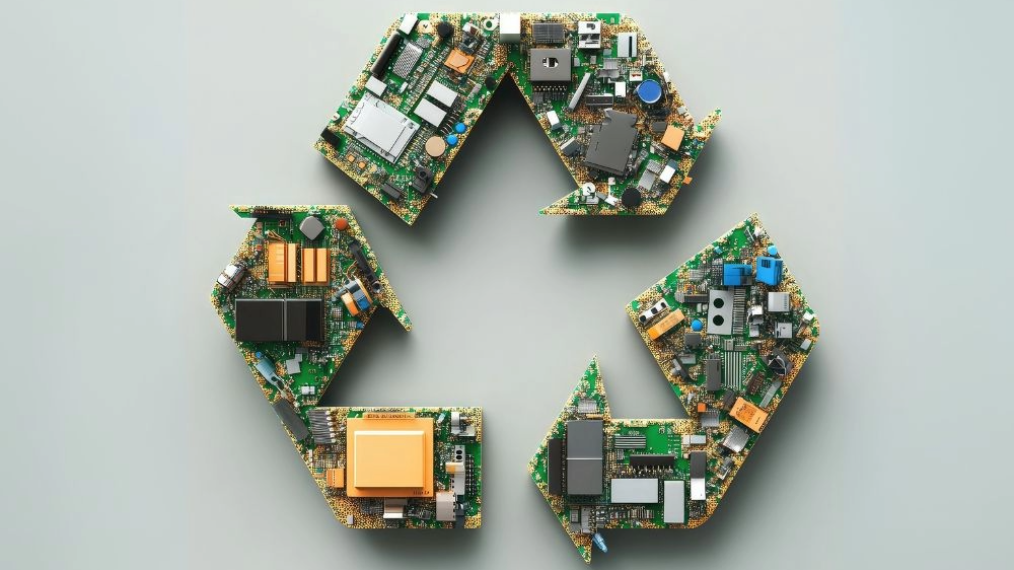A Revolution in Sustainable Aviation Technologies is on the Horizon

How to make aviation technology more sustainable.
The world of flying, highly visible as it is, draws regular criticism from the media and environmentalists. Contributing 2-3% of global carbon emissions, air travel pales in comparison to the carbon emissions generated by some other sectors. Yet this contribution is enough to swing the balance and cannot be ignored. The scrutiny of aviation, whether disproportionate or not, should be seen as further impetus to push the industry towards improving sustainability to prevent climate change. It is well within our power to affect positive change now, from the ground to the sky.
The COP26 climate summit in Glasgow, Scotland addressed some of these issues during its dedicated Transport Day, which saw the aviation industry agree to scale up supply chains for sustainable aviation fuels (SAFs). But significant progress in this area remains decades away. Reaching these commitments would be a remarkable achievement; however, we must be bold now in our efforts to further protect our planet.
Revolutionary technologies in aviation are on the horizon; these will not only combat climate change, but fundamentally alter supplier, manufacturer and consumer behavior for the industry. The Aerospace Industries Association (AIA) made a commitment for U.S. commercial aviation manufacturers to work with airline customers and governments around the world to achieve net-zero carbon emissions by 2050. Scaling up the production of SAF, new energy infrastructure for green hydrogen and electricity supplies at airports and cutting-edge aerospace technologies constitute the dramatic changes needed to reach this goal.
Driving efficiency with enhanced digital infrastructure.
While 2050 is a long way off, timely action is paramount. Much of the current focus is on the headline policy changes and ground-breaking plane technology, but there is a need to evaluate the potential micro-efficiency gains at every level of aviation. One of these behind-the-scenes areas for innovation is the ground technology used at airports.
There are several advantages to focusing on this type of technology, mainly that it is often quicker and cheaper to introduce, as overhauling plane technology is costly and requires updating entire fleets. Despite its attraction, technology on the ground lags behind that used by planes, especially when it comes to interconnectivity and the Internet of Things (IoT).
Plane manufacturers and airlines have been prioritizing the integration of IoT technology for some time, enabling increasing numbers of systems to ‘speak’ to each other through mass data, improving efficiency while reducing climate impact as a result. However, the growing technology divide between plane and airport means that much of this data cannot be used by air traffic management (ATM), leading to unnecessary inefficiencies.
We must look to harness this data through satellite communications systems and high-speed secure transfer, not just for the sake of innovation but to protect our environment. This technology can be applied across ATM, guaranteeing controlled climbs, cruises and descents for aircraft, as well as eliminating “stacking,” which causes both delays and excess emissions. ATM can predict and optimize the path of any given flight and manage its environmental footprint real-time.
These aims align with the Single European Sky research programme (SESAR), launched in 2004 and at the center of this drive ever since. SESAR believes the time is now to digitize our airspace. SESAR’s executive director, Florian Guillermet, said last year that the pandemic has “highlighted the urgent need to move ahead with the digital transformation of ATM in Europe, to build greater resilience, scalability and sustainability into the system.”
Before we are able to reinvent the aircraft, a priority should be to maximize the efficiencies in operations that involve tens of thousands of planes and hundreds of airports around the world. Digital infrastructure, such as Positioning, Navigation and Timing (PNT) satellites and four-dimensional flight trajectory data, is essential to modernizing this technology.
Aviation technologies are on their way to a sustainable future.
At Plexus, we help create the products that build a better world. We prioritize interconnectivity solutions for our customers as it is the foundation of improving the efficiency of complex systems, such as aviation technology and satellite communications systems. We understand why every component needs to speak to each other, as otherwise the whole system fails. Smaller airports may struggle to invest the necessary funds; however, we encourage airport operators to introduce IoT/interconnectivity technology, such as advanced data analytics, and show leadership by sharing best industry practice.
The benefits will be severalfold: aviation technology will improve its environmental credentials and reputation while waiting for more revolutionary technological overhauls. In addition, airlines and airports will see the same improvements while also making efficiency savings. Finally, the end consumers will experience smoother, faster air travel all the while knowing that they are contributing less to climate change.
Focusing on the headlines of how aviation technology will be revolutionized in the coming decades can lead to complacency now. It is often the smallest changes that make the biggest difference, and with climate change an ever-present and growing threat, it is our duty to seek better alternatives. There exists a variety of ways and means to improve interconnectivity for every level of investment. We must now invest in the long-term, collaborate on best practices and set aviation technology on its way to a sustainable future.


